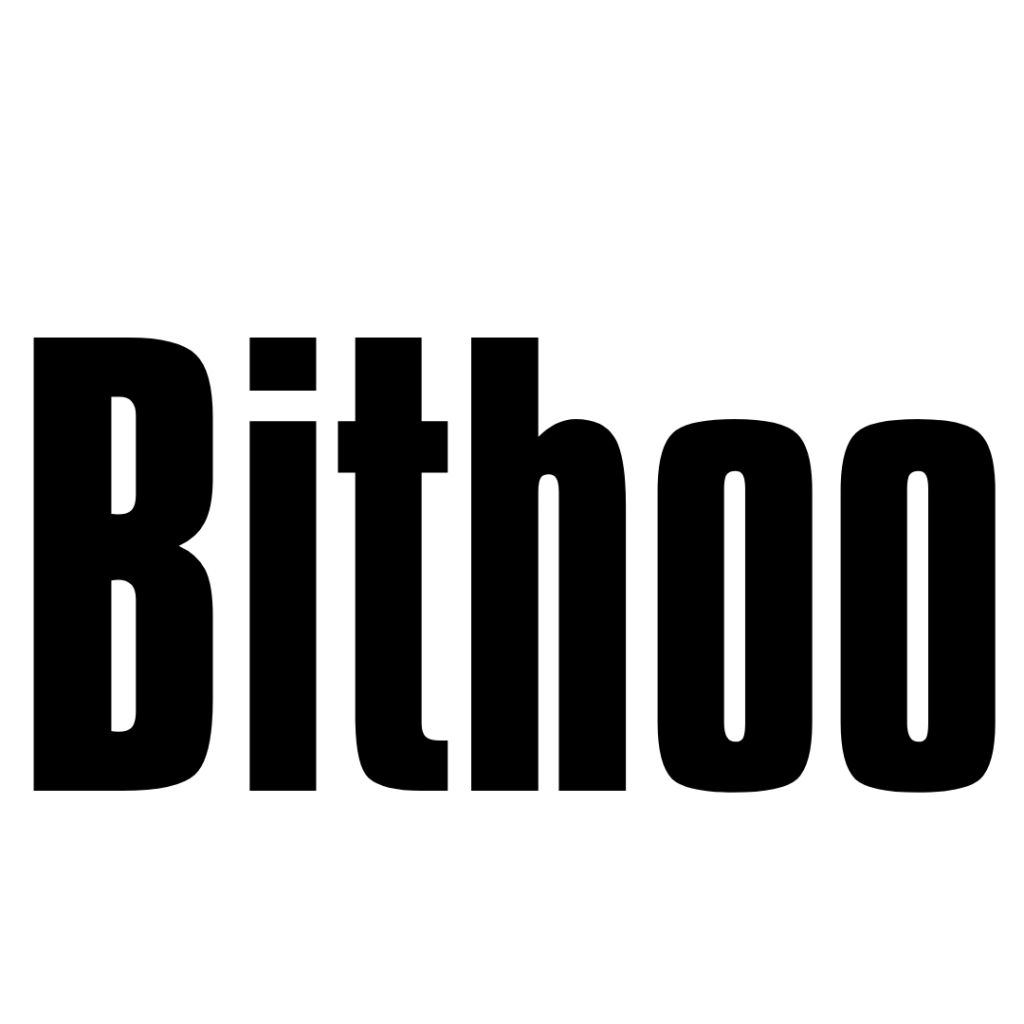As we know, in communication fibers, there are single-mode optic fibers and multi-mode optic fibers. Then in multimode optical bare fiber, there are OM1, OM2, OM3, OM4, and OM5. So in the network construction, how to distinguish them to help us build an optical communication network reasonably.
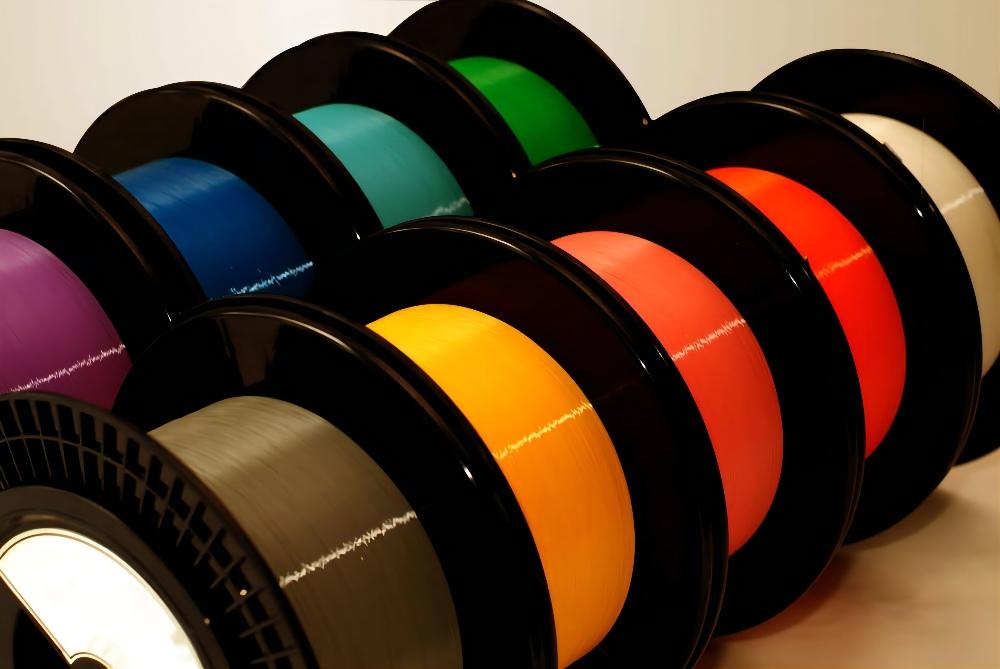
OM1 Multimode Optical Fiber
Color is orange
Core Size – 62.5μm
Data Rate – 1Gb/s @ 850nm
Distance – up to 300 meters
Applications – Short Range Networks, Local Area Networks (LANs), and Private Networks
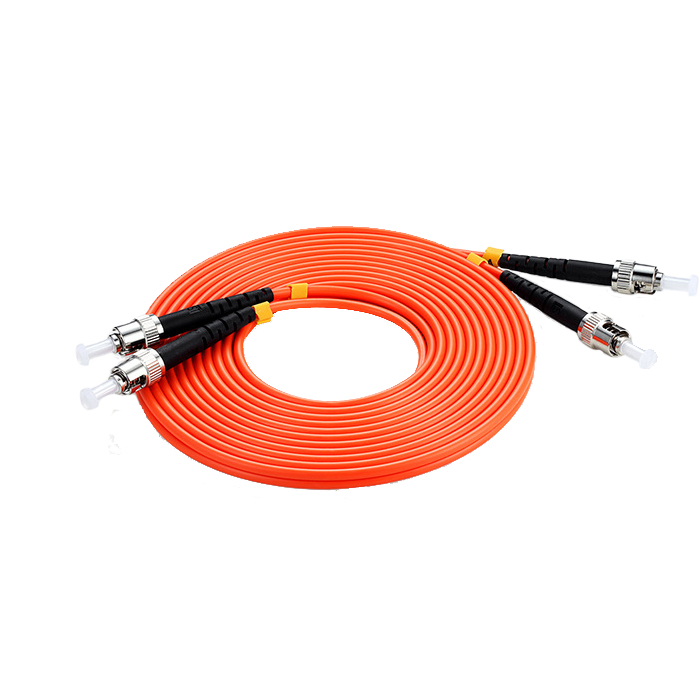
OM2 Multimode Optical Fiber
Color is orange
Core Size – 50μm
Data Rate – 1GB @ 850nm
Distance – up to 600 meters
Typically used for shorter distances 2x distance capacity of OM1
Applications – Short Range Networks, Local Area Networks (LANs), and Private Networks
OM3 Laser Optimized Multimode Fiber
Color – Aqua
Core Size – 50μm
Date Rate – 10Gb/s @ 850nm
Distance – up to 300 meters
Use less light patterns, increase speed
Can run 40GB or 100GB to 100m using MPO connector
Application – Larger Private Network
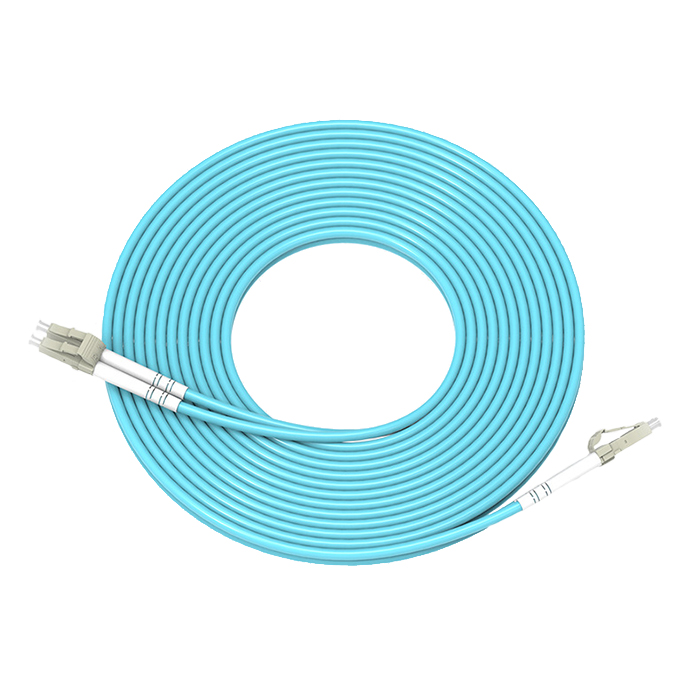
OM4 Laser Optimized Multimode Fiber
Color – Aqua
Core Size – 50μm
Data Rate – 10Gb/s @ 850nm
Distance – up to 550 meters
Can run from 100GB to 150m with an MPO connector
Applications – High-Speed Networks – Data Centers, Financial Centers, and Enterprise Campuses
What is OM5 Multimode Fiber
According to ISO/IEC 11801, OM5 fiber specifies a wider wavelength range between 850nm and 953nm. It was created to support Short Wavelength Division Multiplexing (SWDM), one of many new technologies developed for the transmission of 40Gb/s and 100Gb/s. In June 2016, the new broadband multimode fiber standard ANSI/TIA-492AAAE was approved for publication. In October 2016, OM5 fiber was announced as the official name for ISO/IEC 11801 for cabling containing WBMMF (Broadband Multimode Fiber). From then on, OM5 could be a potential new option for data centers requiring greater link distances. higher speed.
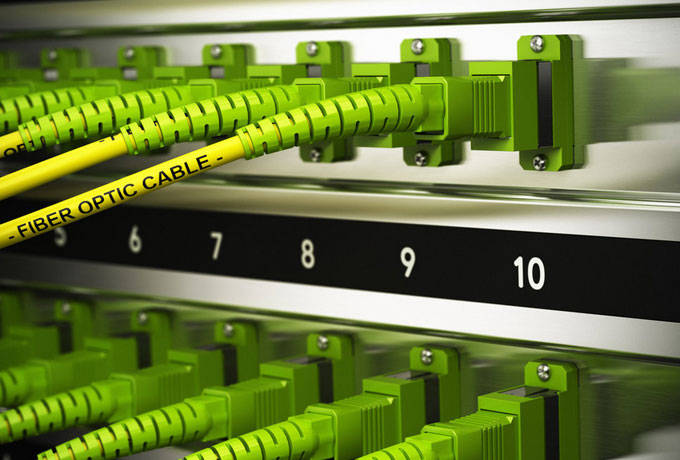
The difference between multimode OM4 and OM5
Since OM1 and OM2 fibers cannot support data transmission speeds of 25Gbps and 40Gbps, OM3 and OM4 are the main choices for multimode fibers that support 25G, 40G, and 100G Ethernet. However, as bandwidth demands increase, so does the cost of fiber optic cables to support the migration to next-generation Ethernet speeds. In this context, OM5 fiber was born to expand the advantages of multimode fiber in data centers.
The key difference between them is that at 4700 MHz-km, the EMB of OM4 fiber is only specified at 850 nm, while the OM5 EMB values are specified at 850 nm and 953 nm, with a larger value at 850 nm than OM4. Therefore, OM5 fiber provides users with longer distances and more fiber options. Additionally, TIA has designated lime green as the official cable jacket color for OM5, while OM4 is the overwater jacket. OM4 is designed for 10Gb/s, 40Gb/s and 100Gb/s transfers, but OM5 is designed for 40Gb/s and 100Gb/s transfers, reducing the number of fibers for high-speed transfers.
Additionally, the OM5 cable can support four SWDM channels, each carrying 25G data, providing 100G Ethernet using a pair of multimode fibers. Additionally, it is fully compatible with OM3 and OM4 fibers. OM5 can be used worldwide for installations in a variety of enterprise environments, from campuses to buildings to data centers. In conclusion, OM5 fiber is better than OM4 in terms of transmission distance, speed, and cost.
